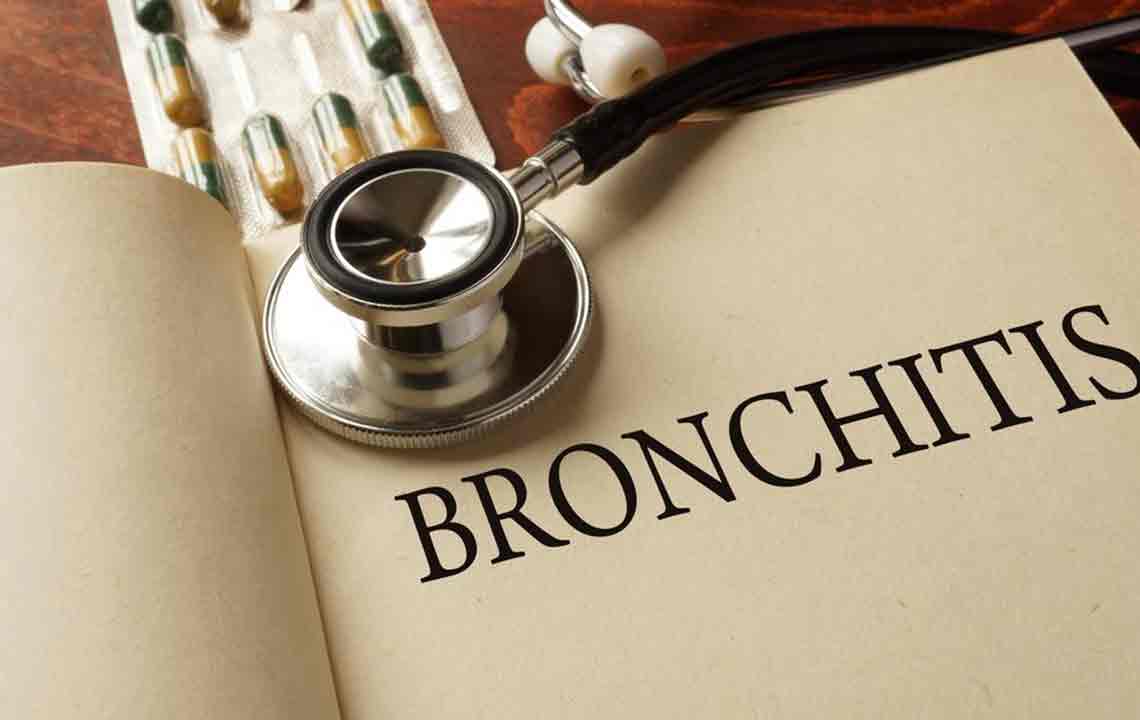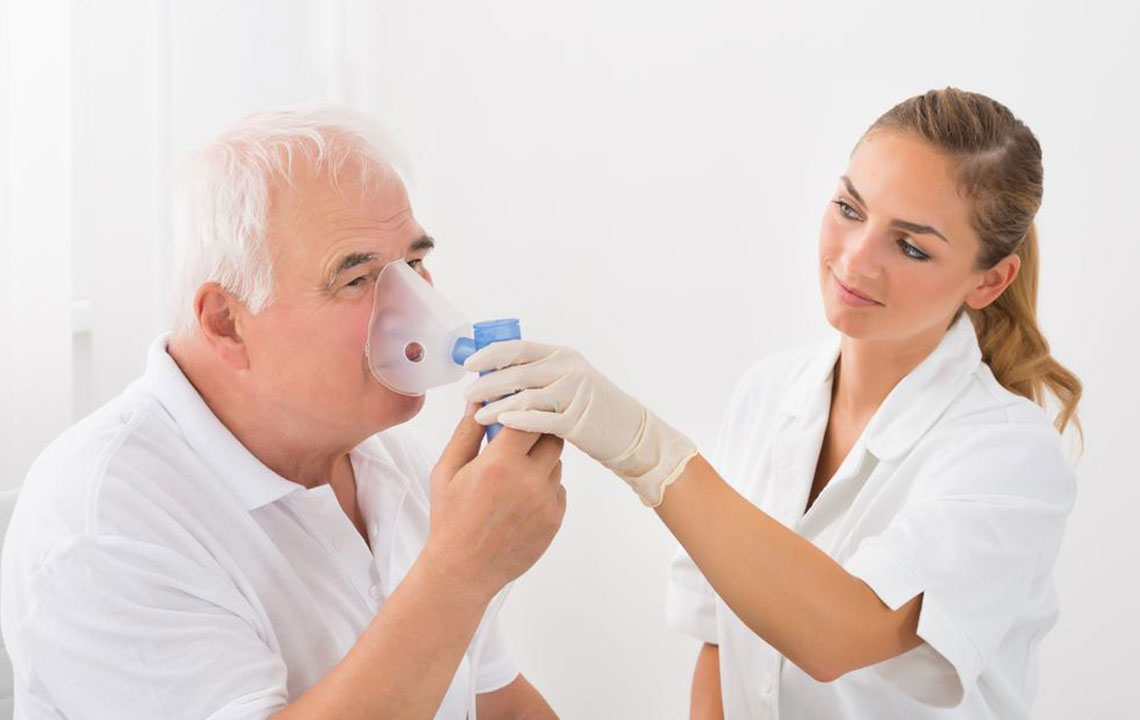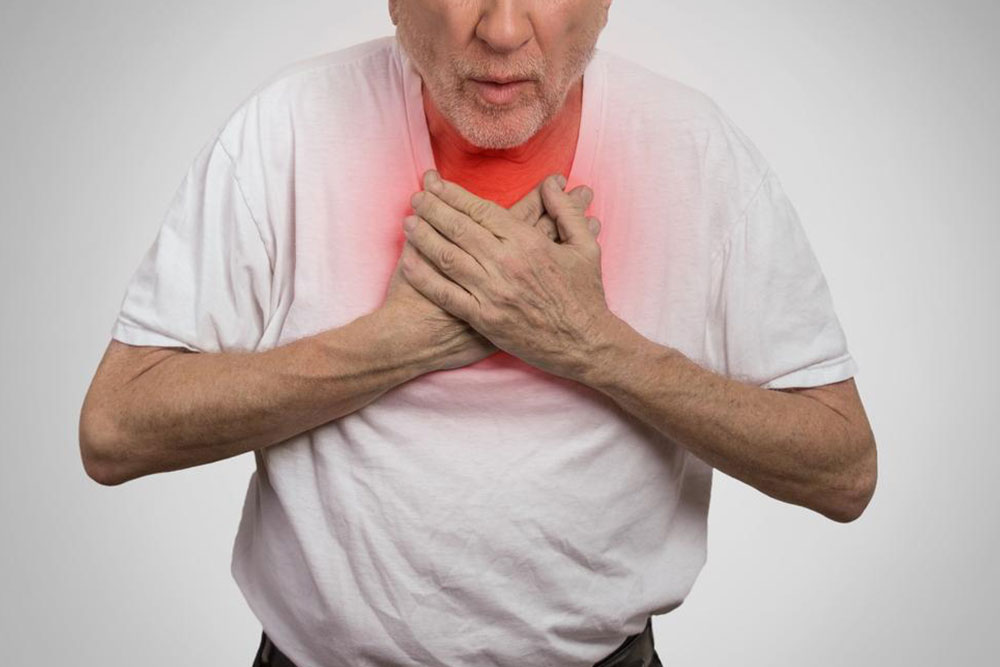In-Depth Guide to Managing and Treating COPD Symptoms and Complications for Better Respiratory Health
This comprehensive guide explores effective strategies for diagnosing, managing, and treating COPD. It emphasizes early detection, lifestyle changes, medication options, and advanced treatments like surgery, aiming to improve patient outcomes and quality of life. Essential for those affected by COPD or healthcare providers seeking detailed management approaches.

An In-Depth Approach to Managing and Treating COPD Symptoms and Preventing Complications
Chronic Obstructive Pulmonary Disease (COPD) is a progressive respiratory condition that significantly impacts millions of individuals worldwide. Despite its prevalence, COPD is frequently misdiagnosed or diagnosed late, which hampers effective management and treatment. Many patients, especially smokers, are often told they have milder lung issues or other respiratory problems, delaying the initiation of appropriate therapies. Early and accurate diagnosis is crucial to improve outcomes and quality of life.
Understanding how COPD develops and recognizing its symptoms early can make a substantial difference in treatment efficacy. COPD primarily involves airflow limitation that is not fully reversible, usually caused by long-term exposure to lung irritants like tobacco smoke, air pollution, occupational dust, or chemical fumes. The chronic inflammation resulting from such exposure damages lung tissues, leading to conditions such as emphysema and chronic bronchitis, which are components of COPD.
To accurately diagnose COPD, healthcare professionals utilize a comprehensive approach that includes a variety of diagnostic tests, thorough review of symptoms, and detailed medical history assessments. Essential diagnostic procedures include:
Lung function tests, such as spirometry, which measure airway obstruction
Chest X-rays to visualize lung structure and detect other potential causes of symptoms
High-resolution computed tomography (HRCT) scans for detailed lung imaging
Blood gas analysis to assess oxygen and carbon dioxide levels in the blood
Laboratory investigations to rule out infections or other illnesses
Early diagnosis enables healthcare providers to formulate personalized treatment plans tailored to the severity of the disease. The initial step often involves lifestyle modifications, with smoking cessation being the most critical intervention. Quitting smoking not only halts disease progression but also significantly reduces symptoms and improves overall lung function. Support programs, counseling, and medications like nicotine replacement therapy can assist patients in this process.
Once diagnosed, the management of COPD becomes a comprehensive process that integrates medication management, lifestyle modifications, and sometimes surgical interventions. The severity of the disease guides the treatment approach, ranging from simple lifestyle changes to complex therapies for advanced stages.
Pharmacological Treatment Options for COPD
Medications are central to controlling symptoms, preventing exacerbations, and improving quality of life. The choices depend on the severity of airflow limitation and the presence of comorbidities. Commonly prescribed medications include:
Bronchodilators, such as long-acting agents like indacaterol, arformoterol, and formoterol, which relax airway muscles to ease breathing
Anticholinergic inhalers like ipratropium and tiotropium to reduce mucus and relieve bronchospasm
Inhaled corticosteroids such as budesonide and fluticasone to decrease airway inflammation
Combination inhalers, including Symbicort and Advair, which combine bronchodilators and steroids for enhanced effectiveness
Oral steroids for severe exacerbations or persistent symptoms under strict medical supervision
Phosphodiesterase-4 inhibitors like roflumilast, which help reduce airway inflammation and frequency of exacerbations
Theophylline, an older medication that can improve breathing in some patients but requires close monitoring
Antibiotics to treat bacterial infections that may worsen symptoms during exacerbations
In addition to medications, supplementary therapies can significantly enhance patient outcomes. Oxygen therapy becomes necessary in cases of chronic hypoxia, ensuring adequate oxygen levels and reducing pulmonary hypertension. Pulmonary rehabilitation programs offer structured exercise, education, and support to improve respiratory efficiency and overall physical capacity.
Advanced Treatment Options and Surgical Interventions
For patients with severe COPD not responding well to medical therapy, surgical options or more invasive procedures may be considered. These include:
Lung volume reduction surgery (LVRS) to remove damaged lung tissue and improve lung mechanics
Bullectomy, which involves removing large air-filled spaces called bullae that impair respiration
Lung transplantation for eligible candidates with end-stage COPD
In conclusion, managing COPD effectively requires a multidisciplinary approach involving early diagnosis, personalized treatment regimens, lifestyle adjustments, and possibly surgical interventions. Patient education and ongoing support are essential components for successful management, helping individuals maintain better lung health, reduce exacerbations, and enhance their quality of life.





